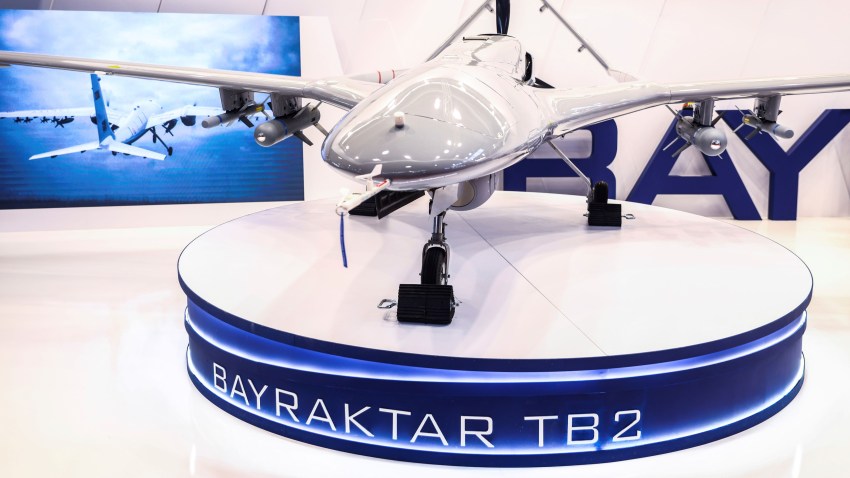In the opening days of Russia’s invasion of Ukraine, the Turkish-made Bayraktar TB-2 drone emerged as one of the war’s unlikely heroes. Among Russia’s many miscalculations, one of the most obvious was that its tanks would pave the way to a quick and frictionless victory. Instead, they became mired in the mud, where, lacking air superiority, they were perfect targets for aerial bombing. In this case, the bombing was carried out not by manned aircraft but rather by unmanned TB-2s that Ukraine had purchased from Turkey in 2019. Tank after tank, as well as the soldiers in them, became sitting ducks.
The drones did not single-handedly stop the Russian advance, nor did they end the war. But their tactical success had three important effects. First, it signaled to the Ukrainian people that resistance and resolve could yield dividends. Second, it signaled to the rest of the world that military assets delivered to Ukraine could provide meaningful assistance, arguably helping to make the case for the billions in military aid that were delivered in the subsequent months. Third, it put Turkey on the map as an arms exporter.
To be sure, Turkey had already been in the TB-2 export business, with its drones having been used to great advantage by Azerbaijan in the 2020 war in Nagorno-Karabakh. They also featured prominently on battlefields in Syria and Libya. But Turkish arms exports surged past $4 billion in 2022, up nearly 36 percent from 2021, with exports accounting for 98 percent of the arms contractor Bayraktar’s sales.

